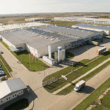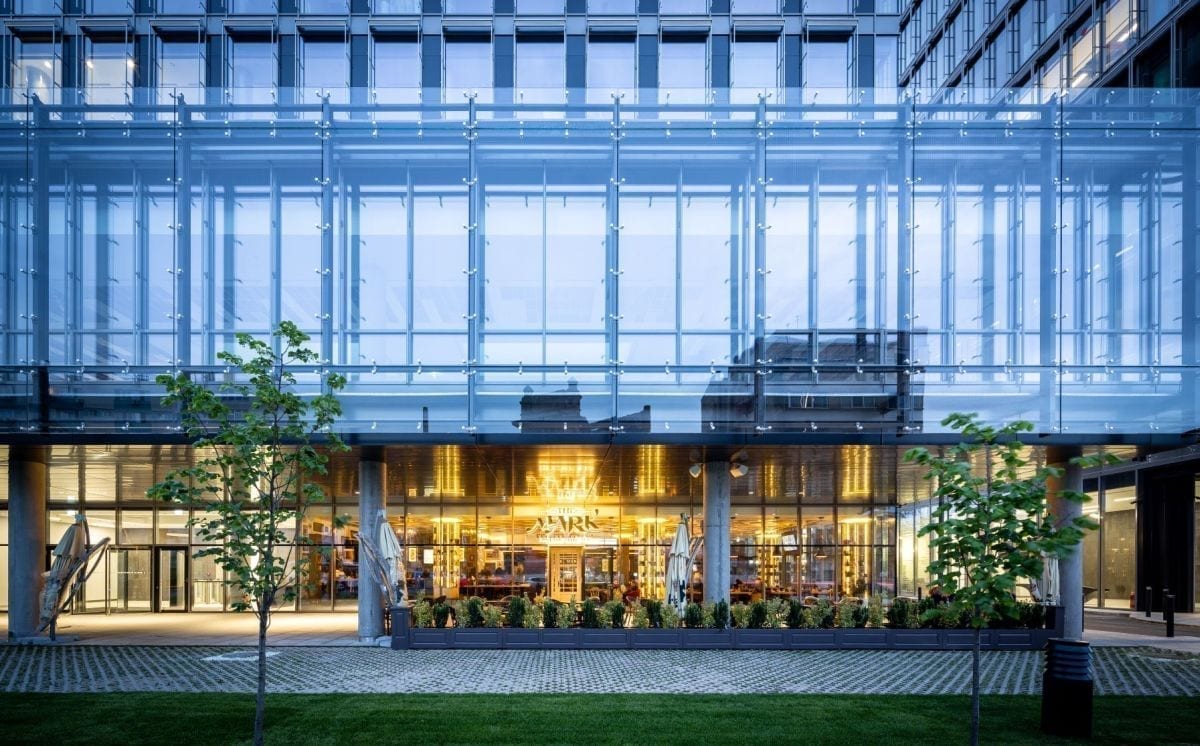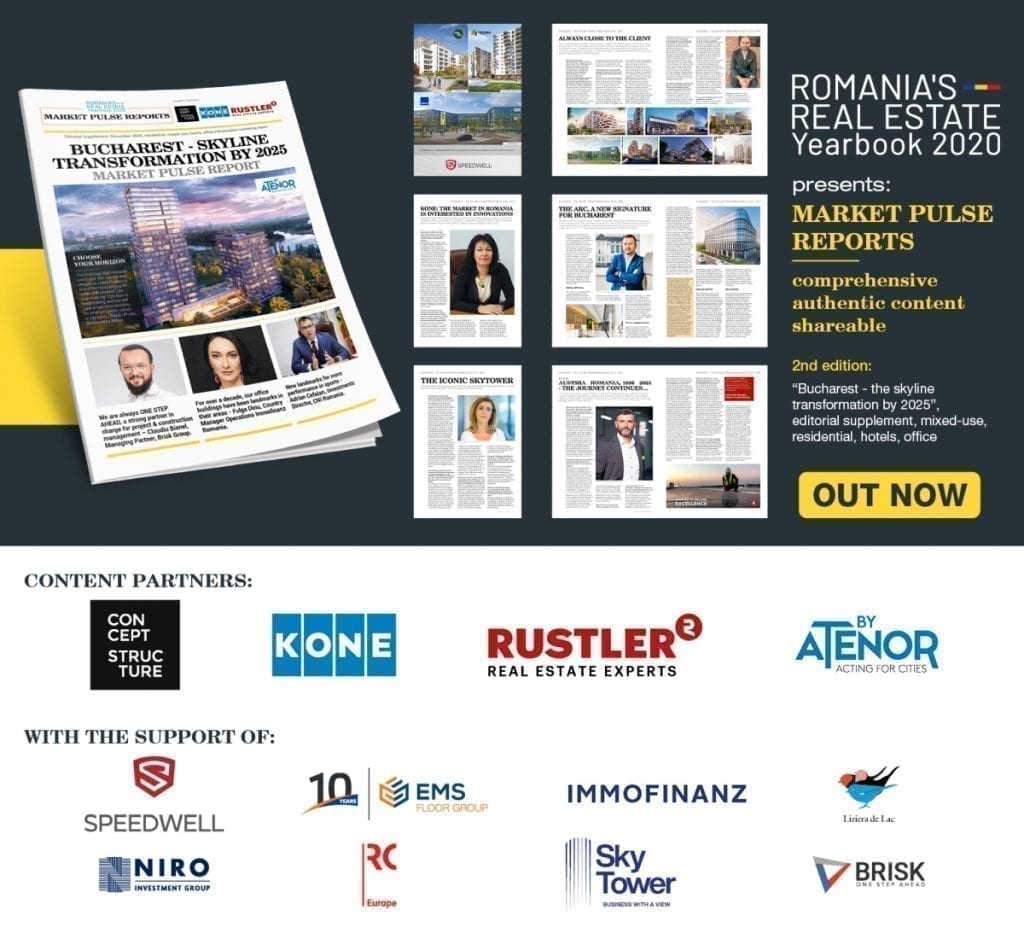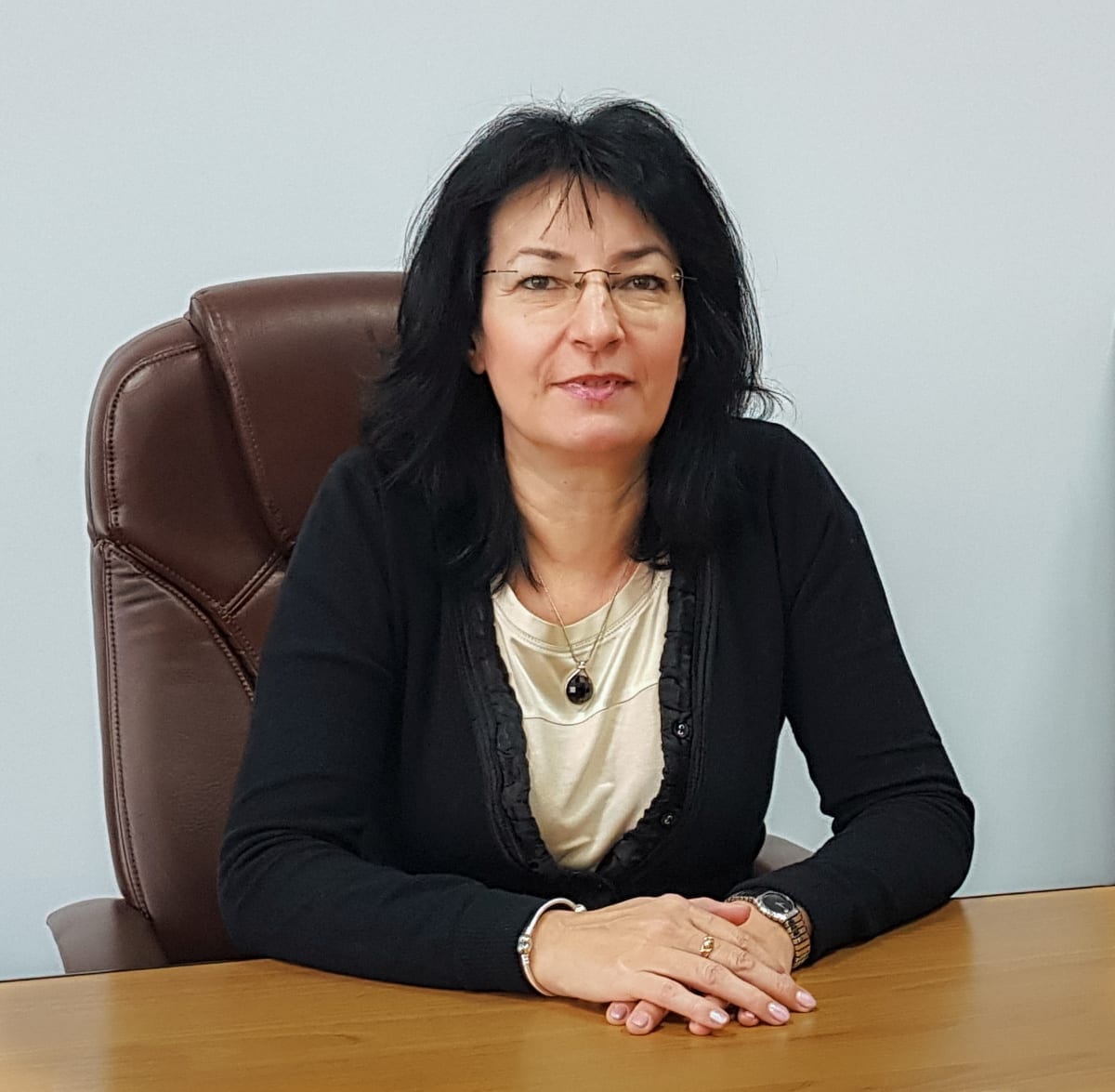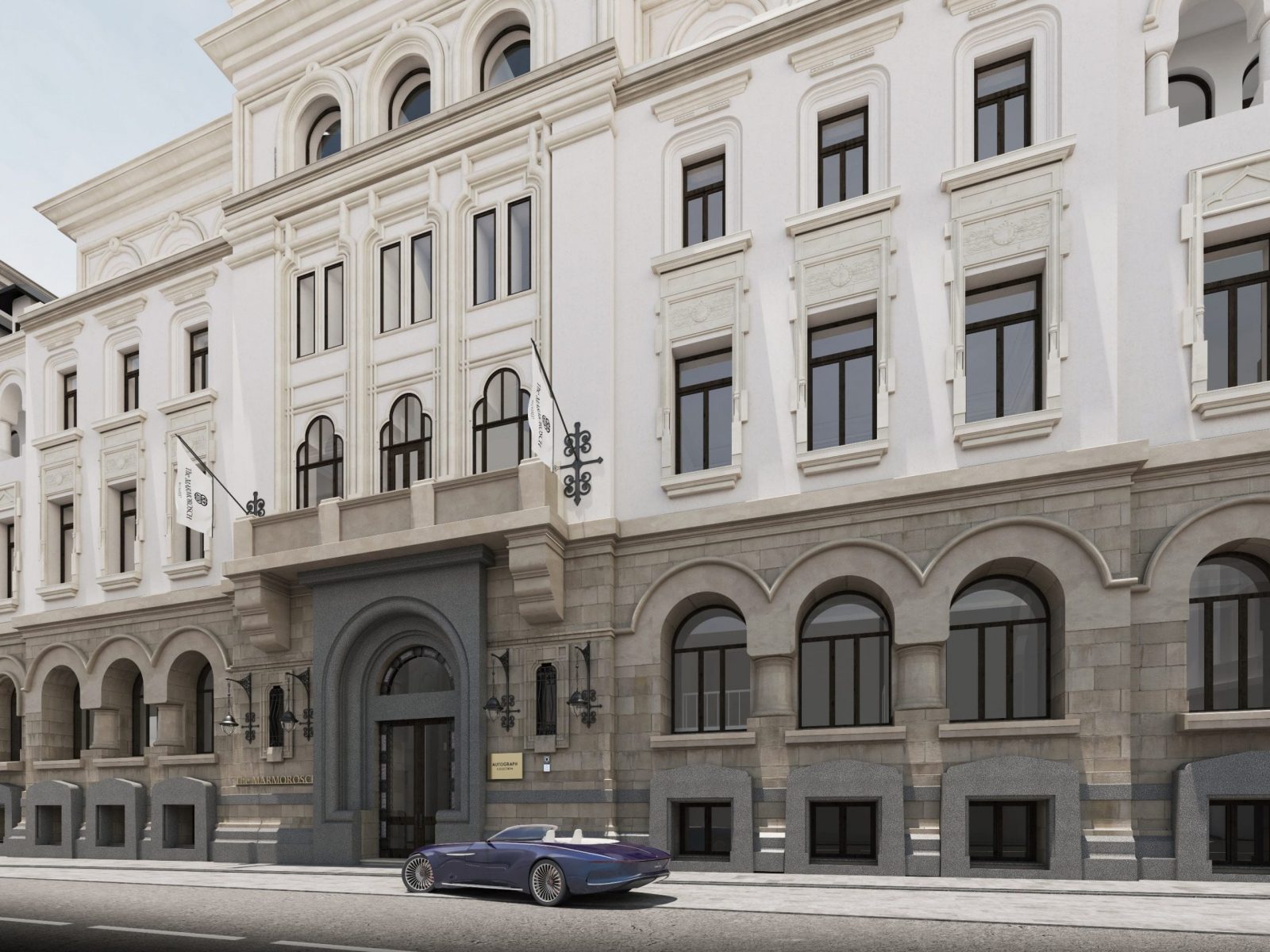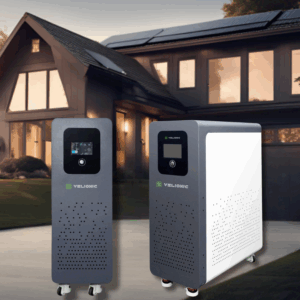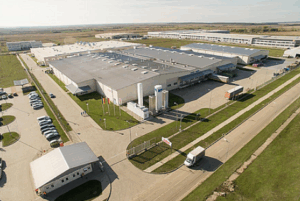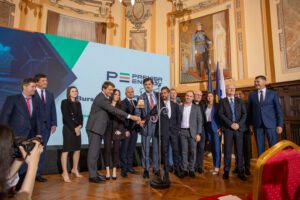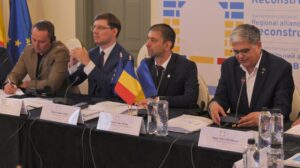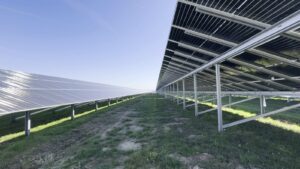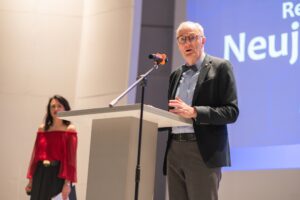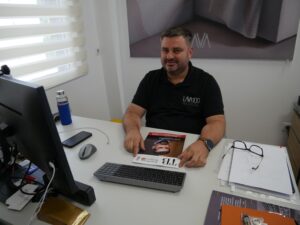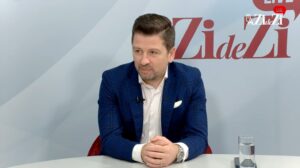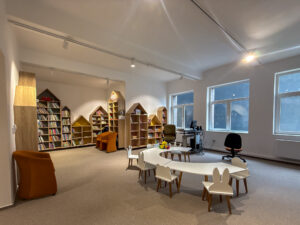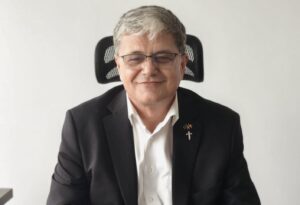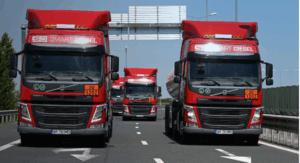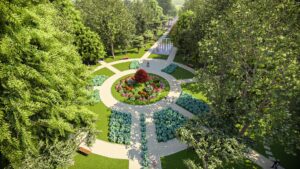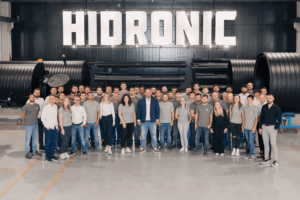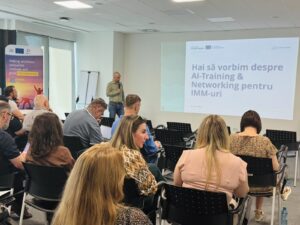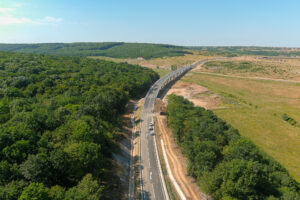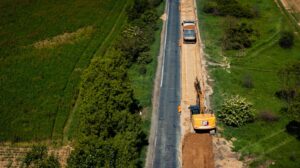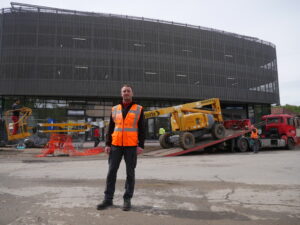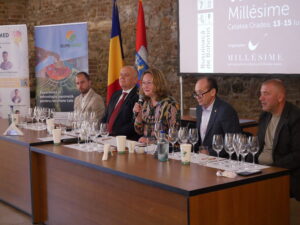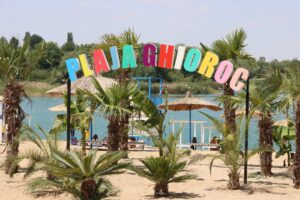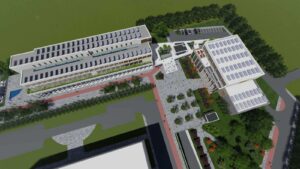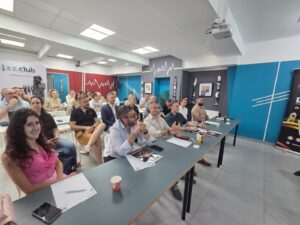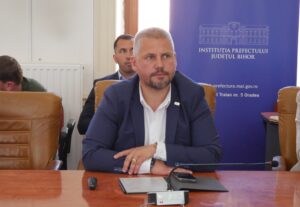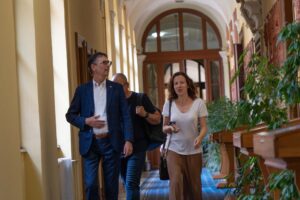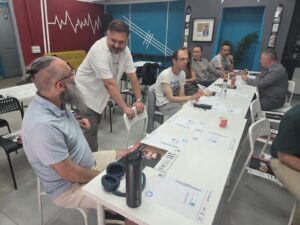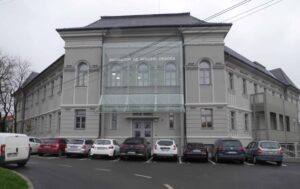“The current (Covid-19) crisis has highlighted the need for buildings to react to changes in working habits, in lifestyles and economic models”. Igor Bergmann – Associate Director, and Jon Hale – Group Board Director, Chapman Taylor, review from Prague the evolutionary steps in the real estate market in Romania.
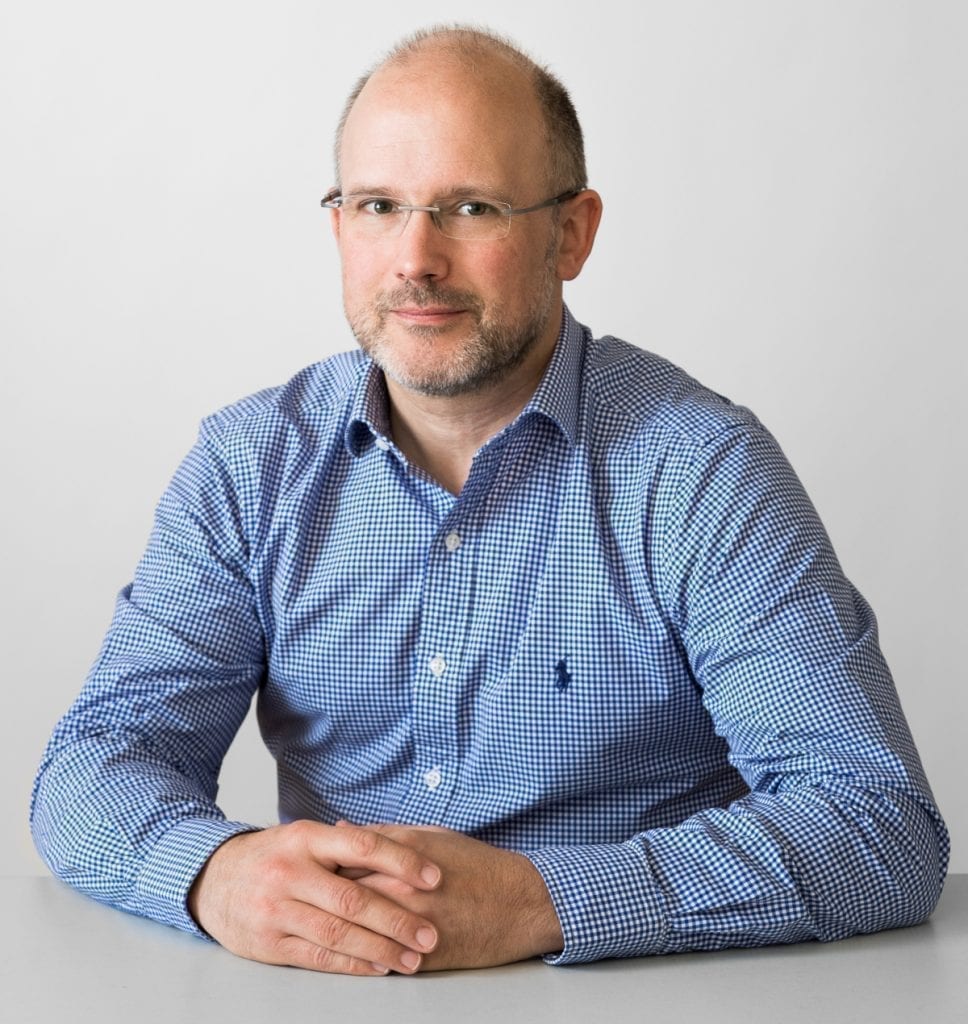
Chapman Taylor operates from 16 design studios and has successfully delivered over 2.000 projects across five continents.
How did your connection with Romania occurred, how did you perceive the market in relation to CEE then, and how do you see the Romanian market now?
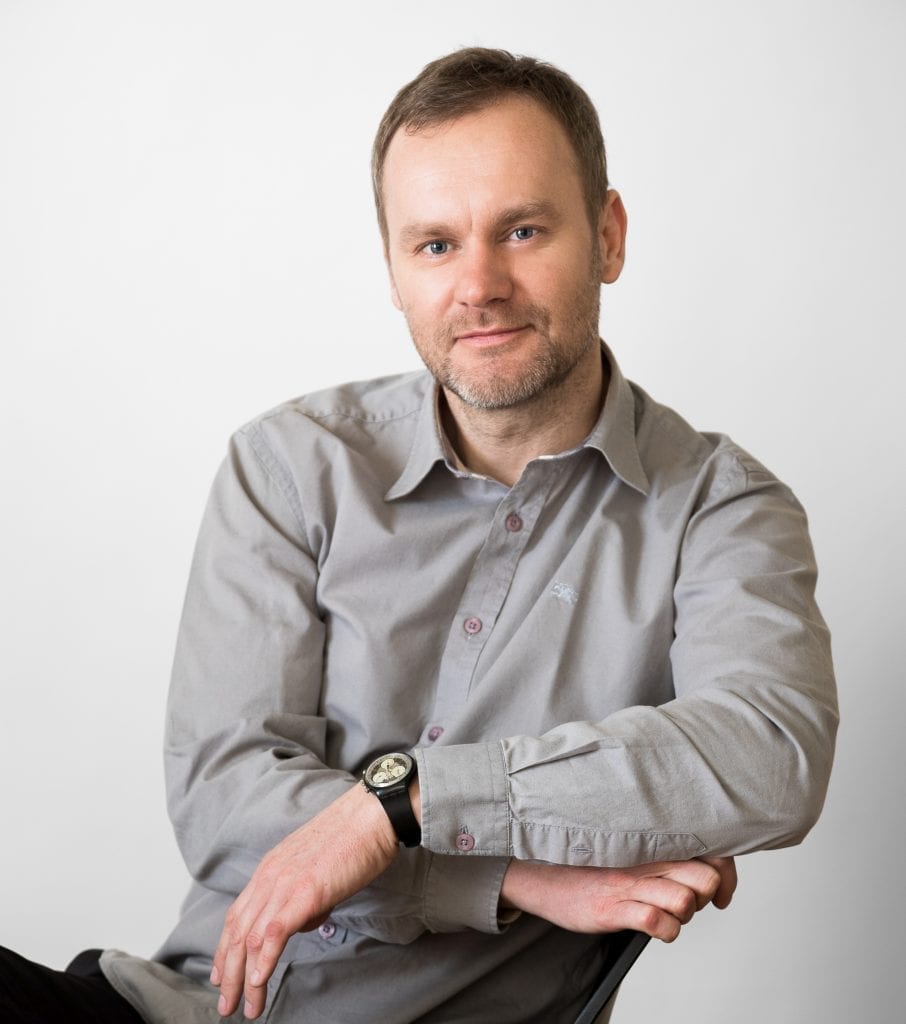
In about 2002 we were asked separately by a number of clients to look at opportunities in Romania; mainly shopping centres and offices. It was still early days for international investors and there were some exciting possibilities, as there always are during times of change. At that time most of the newly developed retail was provided by simple first-generation hypermarket-anchored shopping centres built during the 1990s. We were asked to look at some of the first larger scale retail concepts that included a wide range of comparison retail, F&B and leisure. Two of our first projects were Baneasa Shopping City and Sun Plaza, respectively in the north and south of Bucharest. We were also asked by a Czech client to look at an office park opportunity close to Piata Presei Libere- Bucharest Business Park. This was one of the first projects of this typology in Bucharest.
Many existing office developments were constructed on quite limited sites, creating buildings with very inefficient floorplates and poor planning. Our first projects were part of an ongoing wave of inward investment from foreign companies and were designed to respond to more global trends and demands than just the local market expectations. Our earlier experiences in the Czech Republic, Slovakia and Poland meant we were very familiar with the environment of the fast-developing CEE markets, with the tenants requirements and we understood what the developers were aiming for. Understanding the client’s business model is a fundamental step in producing a successful project for them.
The Romanian market has matured significantly since that time and is broadly comparable to the other CEE markets where we are currently working. Each country has its specifics in terms of legislation, climate, and culture and we work hard to understand these differences and to respect the local conditions. In Romania, for example, we are designing to respect the seismic conditions and this influences certain design decisions which are less likely to arise in other locations. We have found working in Romania quite straightforward, with clear planning regulations and faster permitting procedures than in some countries, especially the Czech Republic which has one of the slowest planning systems in Europe.
Published in an exclusive, investment destination – oriented, market tour: “Bucharest – the skyline transformation by 2025” – Read: here
Which were the most challenging tasks in relation to clients and investors in Romania, what changed during the last years and what elements of “future proofed” schemes are integrated in your current projects?
Every client has specific expectations for their projects and we always aim to reflect these in our design. Some clients are targeting high efficiency and a lower cost base, others are targeting specific tenants, or are wanting to create a particular brand image or to bring something unique to their developments.
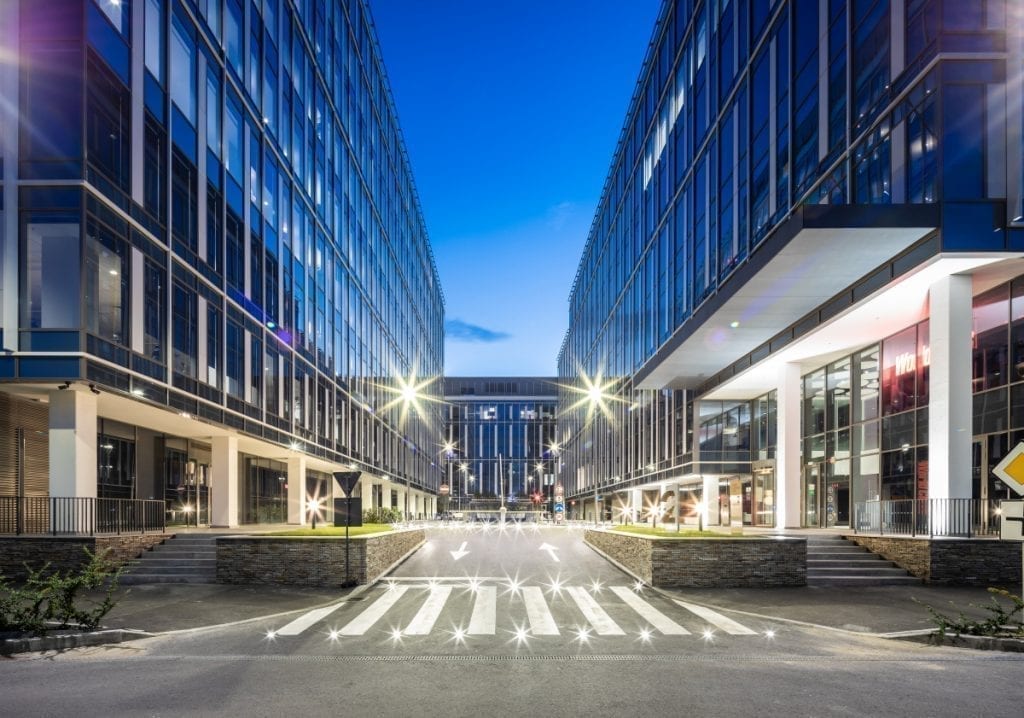
Our long-standing client, Portland Trust, has for many years, been targeting energy efficiency and sustainability in all their projects. Chapman Taylor has an approach of delivering ‘Responsible Design’ to all our projects. This means considering a wide range of social, environmental and economic issues that affect the outcome of our projects. Put simply, it’s about building to maintain a healthy planet, designing our buildings to create healthy environments for people to live and work and ensuring the economics of the project are viable. The recently completed Expo Business Park in Bucharest achieved 3x Breeam Outstanding certificates, demonstrating that our approach to sustainable design and construction has been independently assessed and recognized. The buildings provide great workspace and we believe the project is commercially successful. In terms of future proofing our projects the key is to build flexibility into the initial concept. This includes building in space for future changes to the building’s technical systems, providing openable windows for natural ventilation and efficient structural layouts.
Facing the challenges raised by new forms of mobility, regulations, technologies, digitalization, patterns of work, economic models, what role can we assign to architecture?
Architecture is at the heart of our everyday lives; it informs our very behavior. It is therefore essential that architecture is adaptable and can meet the changing needs of society as regulations, people’s habits and technologies evolve.
The current (Covid-19) crisis has highlighted the need for buildings to react to changes in working habits, in lifestyles and economic models. Many people are currently spending less time in an office and are working from home or from third places. We need to ensure that residential buildings provide sufficient space and flexible arrangements to allow for families to work and study uninterrupted. There is a growing demand for outside space, whether that be balconies, or gardens. The recognition that air quality as one of the most important features of providing a healthy environment in which to live and work is fundamental. This, and the need to reduce cooling costs is driving a resurgence in natural ventilation in our projects.
Removing sources of pollution from cities and residential areas is a key objective. The growing use of electric vehicles will partly help, but we need to ensure that power is delivered from renewable energy sources. Our recently completed Flow Building in Prague generates no local CO2 emissions, heating and cooling are via air source heat pumps driving a VRV based HVAC system. The building includes 56 electric vehicle charging stations, including 6 super-charges and extensive facilities for cyclists and runners. The top floor includes a lounge zone and terrace for all the tenants to use included space for yoga and fitness classes. One of the major tenants is a co-working concept and the building is conceived around creating a community among the users.
Does the CEE region still offer insights into opportunities of growth, do you see a more consolidated region during the next years or more fierce competition even between the cities here?
With a growing trend towards local production and reducing the costs and environmental impact of distribution systems, I believe that CEE in particular has great potential for growth within Europe. Firstly, there is an underlying demand for new infrastructure, as well as new housing and workplaces. If we use these opportunities intelligently, we have the chance to build sustainable transportation systems connecting our cities and then within the cities to create attractive and environmentally friendly places to live and work. Some of these projects are decades away but we can help build the foundations now. These objectives demand a high degree of cooperation between countries and getting approvals for large projects, such as high-speed railway corridors, can take many years, but we need to progress this. In terms of competition between cities, I think this can only be a positive thing as it will encourage bolder actions from the mayors, the developers and the citizens to aim high and to create the best conditions for both business and for life.
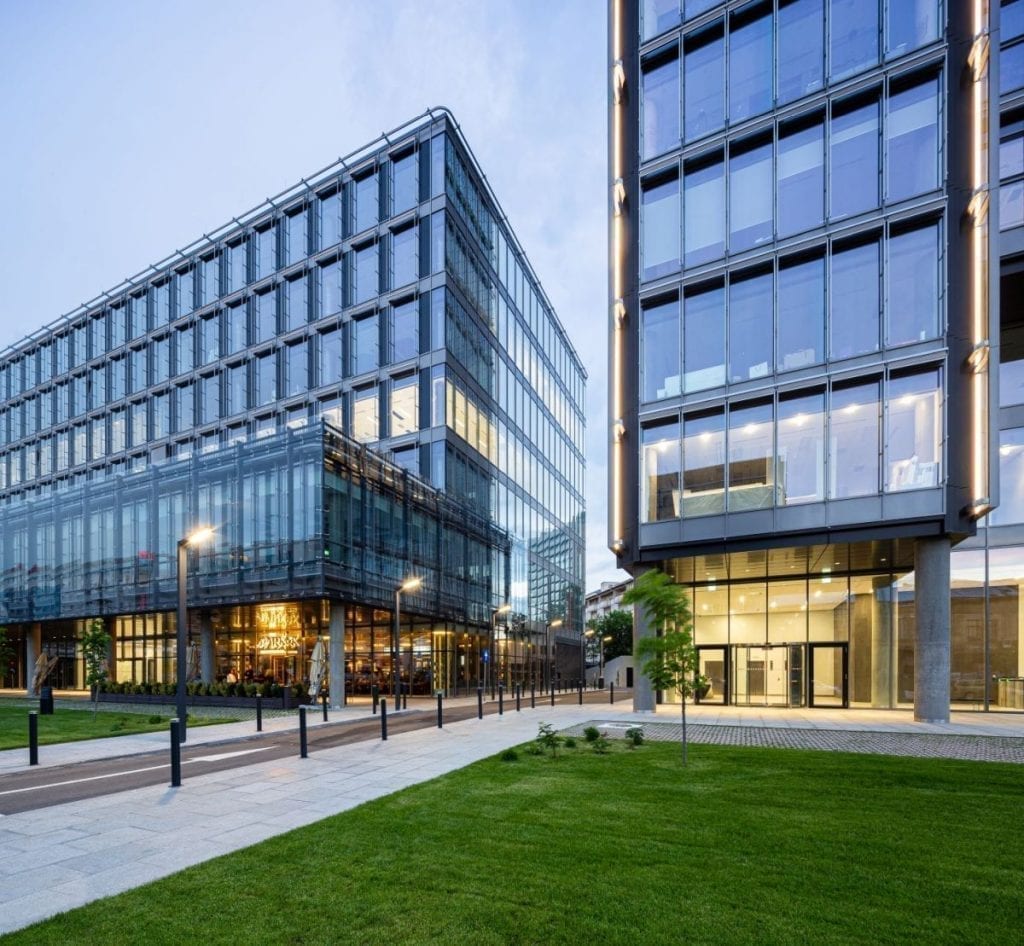
Looking with optimism at the end of the sanitary crisis, what is your ideal model for the future city?
The idea of a walkable city, or a 15-minute city, where you can work, shop and play within a few hundred meters of your home is a concept that is gaining traction in Europe and elsewhere. Paris is actively pursuing this objective and even London is seeing a boom in city centre residential development. We need to see this trend grow in CEE. Reducing the reliance on cars and public transport must be a priority and there are huge benefits for the whole community and for generations to come in this vision.
Chapman Taylor is an award-winning practice of global architects and master planners, known for designing places and buildings that are both creative and successful.
Established in 1959, we have longstanding relationships with many of the world’s leading developers, contractors, consultants, investors and brands.
Specializing in Residential, Retail, Leisure, Hospitality and Office design, we are able to blend these uses into vibrant mixed-use environments for people to enjoy. Chapman Taylor operates from 16 design studios and has successfully delivered over 2,000 projects across five continents. We speak 35 languages and our global team includes over 45 nationalities. This enables us to provide design expertise, experience and resources wherever our clients operate. This portfolio of work and the expertise of our team have won over 300 design awards globally.
We believe that the office must be a place in which to feel comfortable, motivated and inspired. Well-designed environments have the ability to increase productivity and job satisfaction. Our success in this sector has been established by focusing on the needs of end-users and the creation of vibrant and efficient workspaces which respond to the highest environmental standards.
Photos credit: Vlad Patru
Published in an exclusive, investment destination – oriented, market tour: “Bucharest – the skyline transformation by 2025” – Read: here
Content partners:
Concept Structure | KONE | Rustler | Atenor
With the support of:
SkyTower | Immofinanz | Speedwell | Brisk
EMS Floor | RC Europe | NIRO Group | Liziera de lac

